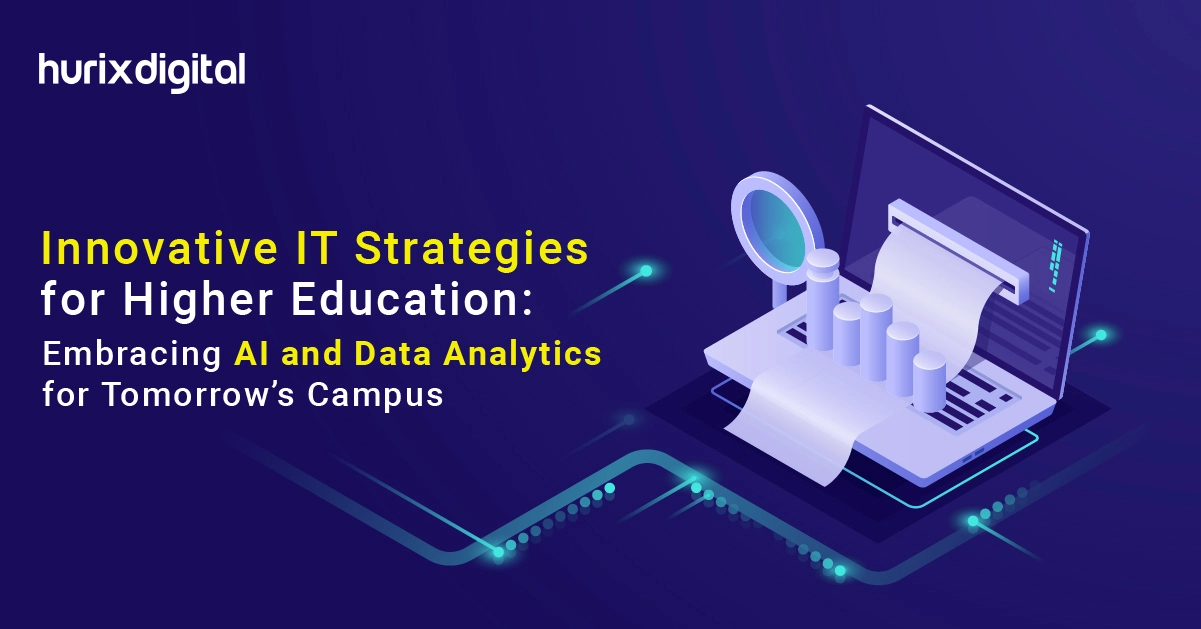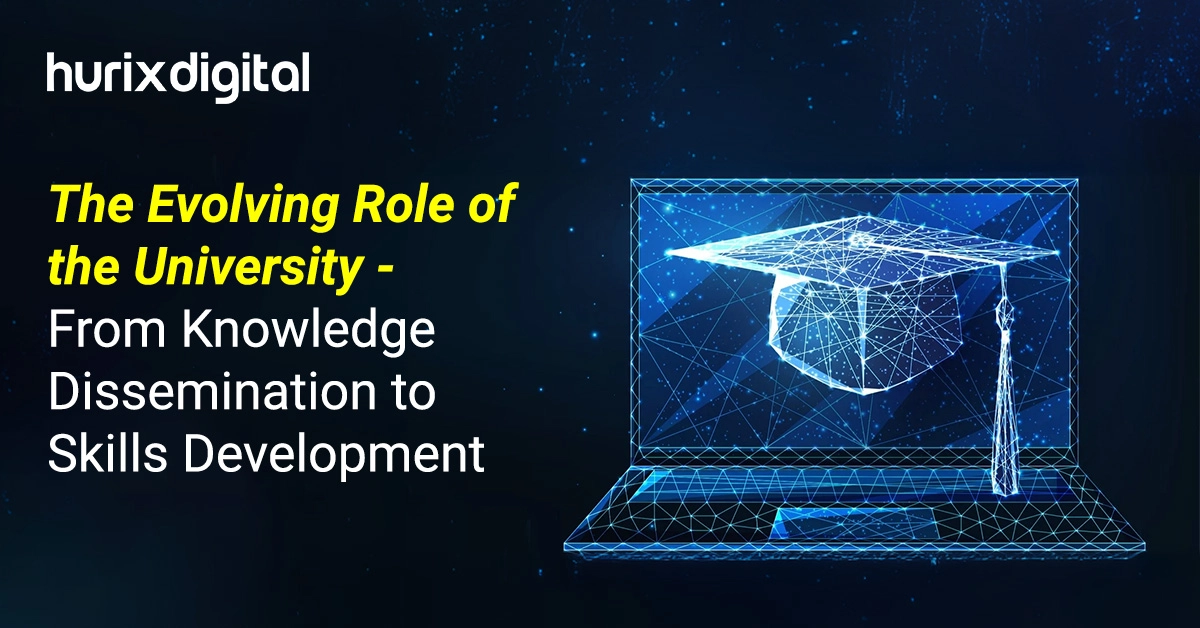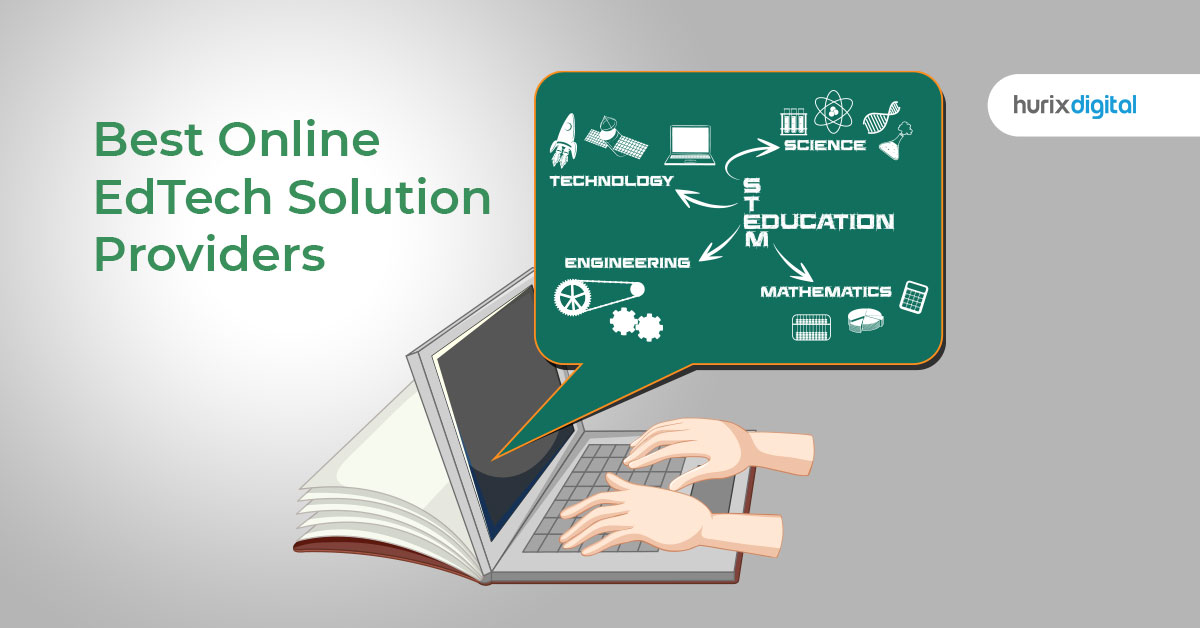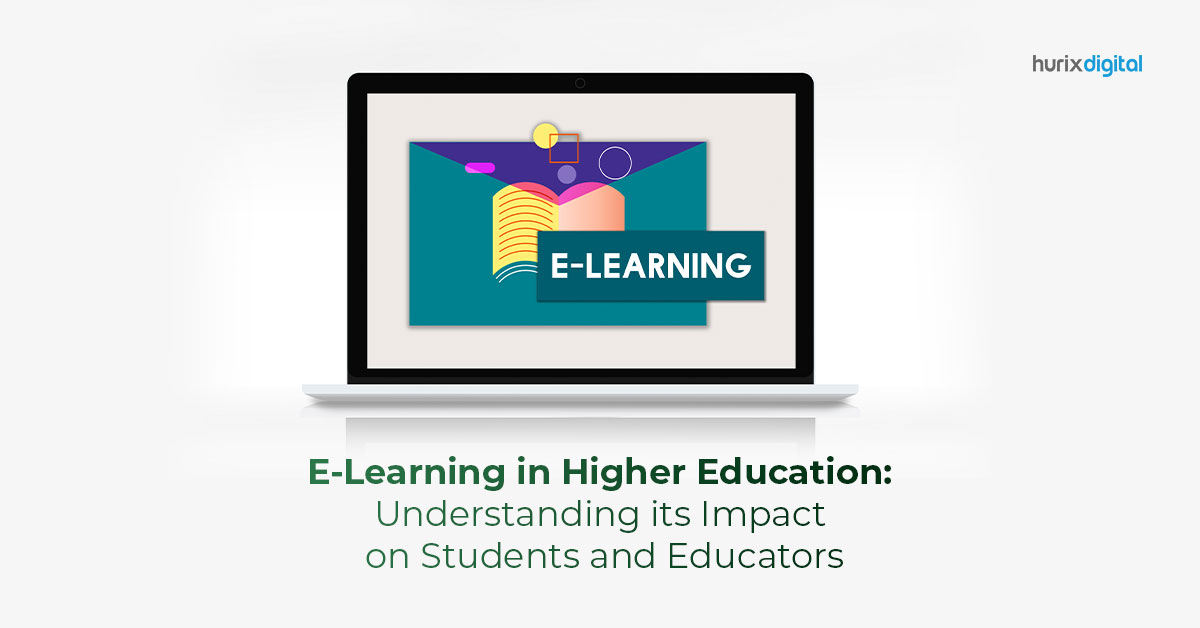
Innovative IT Strategies for Higher Education: Embracing AI and Data Analytics for Tomorrow’s Campus
Summary
The blog discusses AI and data analytics revolutionizing higher education, enhancing learning, administration, and research, and offers strategic IT planning tips for integration.
The post-pandemic education era has seen a massive shift toward online learning environments, and the potential of AI to revolutionize education has been recognized. The introduction of AI and Data analytics has produced phenomenal advancements in institutional operations.
The adoption rate of big data analytics and artificial intelligence in enterprises is 60%. As institutions, you realize the need for AI integration in universities for enhanced learning, efficient administration, and quality research.
To keep up with cutting-edge competition, you must understand the complexities of incorporating digital transformation in education and prepare for advanced, future-proof IT infrastructure.
Table of Contents:
- Why Do AI and Data Analytics Integration Matter in Higher Education?
- Developing Strategic IT Plan for AI and Data Analytics Integration
- Investing in Digital Literacy and Professional Development
- Keeping Institutional Goals in Sync with AI Integration
- Cost Factor and Funding
- Preparing for the AI Revolution
- Promoting Interdisciplinary Collaboration
- Addressing Ethical and Security Considerations
- Monitoring, Evaluation, and Continuous Improvement
- Wrapping Up
Why Do AI and Data Analytics Integration Matter in Higher Education?
One of the prime roles of integrating AI and Data Analytics in Education is improving the student’s learning journey, growing the institute’s knowledge base by leveraging the power of AI, and optimizing the administrative ecosphere for streamlined decision-making. The following pointers further elaborate on the advantages of AI integration in educational systems and how they impact students, staff, and faculty.
1. Powerful Learning Ecosystems
- Combining Large Management Systems (LMS) with AI in classrooms enables an AI environment that can cater to students’ educational requirements, monitor learning patterns, and craft personalized career paths. This helps break away from the limitations of a traditional classroom.
- Implementing Intelligent Tutoring Systems (ITS) provides students personalized feedback and learning programs. Your classrooms equipped with ITS can provide timely and targeted assistance to students who can’t reach the faculty.
2. Enhanced Administrative Process
- Leveraging the power of AI and Data Analytics to review faculty performances can help bridge the gap between students and faculty.
- AI chatbots can handle management tasks such as admission processes, financial management, student feedback, and parent queries.
3. Innovation in Research
- Introducing AI research tools in educative programs and using data analytics to back up student research can significantly accelerate research projects.
- Collaborations and interdisciplinary programs experimenting with AI and Data Integration will ensure your institute keeps up with technological advancements.
After understanding the implications of AI technologies in institutes, you must plan strategic advancements to help your institute move towards an AI-enriched ecosphere.
Also Read: Unlock the True Potential of AI Data Analytics in Higher Education
Developing Strategic IT Plan for AI and Data Analytics Integration
The IT strategies designed to integrate AI and data analytics into education should be tailor-made to your institute’s priorities and needs. The priorities could look like better student learning platforms, avant-research laboratories, or simplifying redundant administrative functions.
An extensive needs assessment can identify your institute’s current IT capabilities, faculty and staff caliber, and student performance for a more informed and prepared digital adoption. Following are some key points to consider:
1. Investing in Digital Literacy and Professional Development
To fully harness the potential of AI and its applications in your institution, you need to train the faculty and staff in digital literacy constantly. Invest in training programs for students and faculty to educate them about AI-driven tools, techniques, and strategies.
For example, Universities like Stanford and MIT hold regular workshops to familiarize their students and faculty with AI and data analytics applications in education, research, and business.
Also Read: Investing in Educational Technology: A Budgetary Blueprint
2. Keeping Institutional Goals in Sync with AI Integration
Integrating AI and data analytics in higher education will require an in-depth understanding of what your institution needs and how the AI integration can achieve these requirements.
Defining long-term goals, implementation methodology, data security and management, and stakeholder and faculty development are examples of subtle complexities that are imperative to your institute’s robust planning.
3. Cost Factor and Funding
Review the financial implications once you identify the scale and expanse of AI infrastructure in your institute. This includes planning for properly architected hardware, software, workshops, training grounds, maintenance costs, and future risks.
Your institute can also actively contact funding sources, alumni, and partnership opportunities to implement the designed digital transformation in education.
4. Preparing for the AI Revolution
Besides stakeholder and faculty engagement, your institute must focus more on student involvement in planning committees and interactive sessions to prepare for the AI revolution.
This engagement enables interdisciplinary innovations, enhanced learning experiences for students and faculty, and an assessment of AI’s practical applications in education ecosystems.
5. Promoting Interdisciplinary Collaboration
MIT’s Schwarzman College of Computing is an excellent example of interdisciplinary collaboration to experiment with the potential of AI and data analytics in education and research.
To ensure constant innovation and growth in educational programs, encourage research projects that bring together experts from various departments to harness the full potential of AI and data integration in education.
6. Addressing Ethical and Security Considerations
Strict security protocols and privacy measures must be implemented to protect sensitive student data and the institute’s information. Implementing ethical AI practices and ensuring transparency in AI decision-making is imperative for the institute’s ethical and moral framework.
Regular security audits, access control, and encryptions are some examples of measures to protect student data and regulate AI on ethical grounds.
7. Monitoring, Evaluation, and Continuous Improvement
Your institute can build Key Performance Indicators (KPIs) to constantly monitor various metrics such as graduation rates, student learning outcomes, teaching practices, research productivity, and operational efficiency. This helps you track the efficiency of your educational IT roadmap and optimize overall digital architecture for a productive AI ecosystem.
Your educational ecosystem must collaborate with industry experts and participate in training curricula to continuously evolve and remain at the forefront of AI evolution.
Also Read: How to Align AI and Data Analytics with Business Goals?
Wrapping Up
AI can potentially define educational institutes’ futures in learning, administration, and research. If your institute is preparing for the AI revolution, it must be a collaborative effort of stakeholders, policymakers, faculty, staff, and students, constantly evolving the digital infrastructure and enhancing education.
However, you must balance AI technologies with ethical considerations and a constant commitment to innovation. If you want to learn more about harnessing the power of AI and Data Analytics for excellent educational and administrative results, contact us.

Currently serving as the Vice President of Technology Delivery Operations at HurixDigital, a prominent global provider of digital content and technology solutions for publishers, corporations, and educational institutions. With over 16 years of experience spanning EdTech and various domains, I hold certification as a SCRUM Product Owner (CSPO). My expertise includes operations, finance, and adept people management skills.







